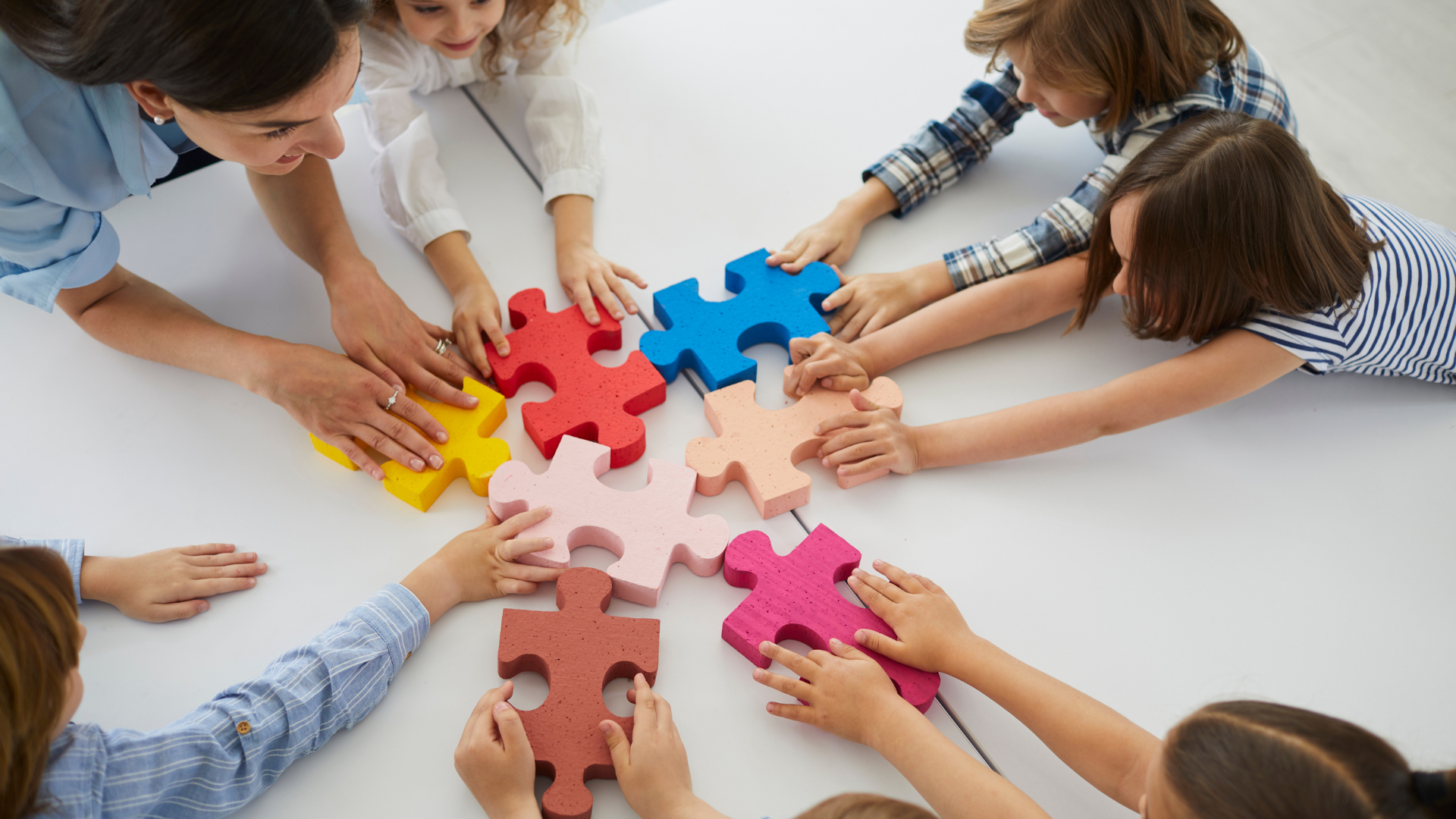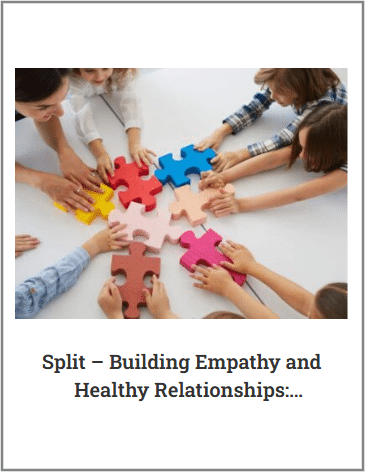Emotional intelligence is the ability to recognize, understand, and manage one’s own emotions, and to recognize, understand, and influence the emotions of others. In students, EI shows up in several ways:
- Self-awareness: Recognizing their own emotions and how those emotions affect thoughts and actions.
- Self-regulation: Managing impulses, staying calm under pressure, and handling frustration constructively.
- Motivation: Staying engaged, persisting in challenging tasks, and taking pride in accomplishments.
- Empathy: Understanding the feelings of peers and responding with care.
- Social skills: Communicating, collaborating, and resolving conflicts effectively.
Developing EI early in life has been linked to better mental health, academic success, and social relationships. For practical resources for students and educators, the Yale Center for Emotional Intelligence offers free tools, lesson plans, and research-based guidance.


